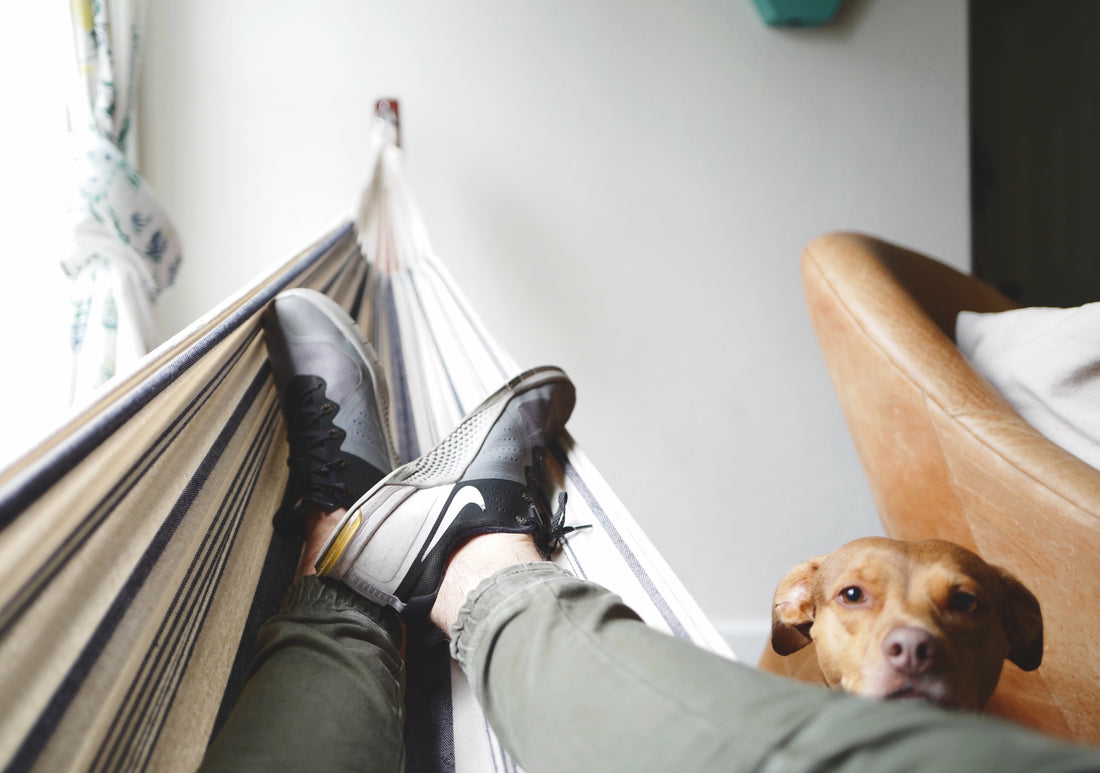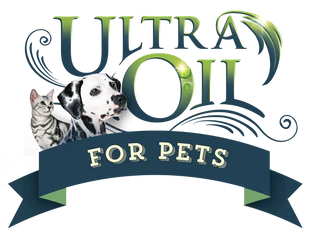
Pet Separation Anxiety
Share
While Covid-19 has been a challenging time for everyone, it has definitely been a good opportunity to stay close to home and spend quality time with our best furry friends! While all of this time spent together has been doing wonders for our hearts and souls, could it have any lasting negative effects on our animals when we return to work? We’ve been noticing our customers and social media fans asking these types of questions related to whether our pets will experience any type of separation anxiety. According to Steve Dale, a certified animal behavior consultant, dog owners need to plan for this change.
In order to better plan for this change we need to first understand what behaviors are categorized by separation anxiety? One of the most common complaints of pet parents is that their dogs are disruptive or destructive when left alone. Their dogs might urinate, defecate, bark, howl, chew, dig or try to escape. Although these problems may indicate that a dog needs to be taught polite house manners, they can also be symptoms of anxiety. Separation anxiety is triggered when your dog becomes upset because of separation from the people they’re attached to.
Common Symptoms of Separation Anxiety
- Urinating and Defecating when left alone
- Barking and Howling
- Chewing, Digging, and Destruction
- Escaping
- Pacing
There are many reasons dogs have separation anxiety. The first thing to do is to rule out potential medical problems. Incontinence caused by medical problems or medications they take can cause some of the common symptoms. Make sure that this is not the cause of the behavior before deciding that your dog has anxiety issues.
Other Behavior Problems to Rule Out:
- Submissive or Excitement Urination
- Incomplete House Training
- Marking their Territory
- Boredom
Treatment for Mild Separation Anxiety
If your dog has a mild case of separation anxiety, counter-conditioning might reduce or resolve the problem. Counter-conditioning is a treatment process that changes an animal’s fearful, anxious or aggressive reaction to a pleasant, relaxed one instead. It’s done by associating the sight or presence of a feared or disliked person, animal, place, object or situation with something really good, something the dog loves. Over time, the dog learns that whatever he fears actually predicts good things for him.
Treatment for Moderate to Severe Separation Anxiety
Moderate or severe cases of separation anxiety require a more complex desensitization and counterconditioning program. In these cases, it’s crucial to gradually accustom a dog to being alone by starting with many short separations that do not produce anxiety and then gradually increasing the duration of the separations over many weeks of daily sessions.
Desensitization and counterconditioning are complex and can be tricky to carry out. Fear must be avoided or the procedure will backfire and the dog will get more frightened. Because treatment must progress and change according to the pet’s reactions, and because these reactions can be difficult to read and interpret, desensitization and counterconditioning require the guidance of a trained and experienced professional. For help designing and carrying out a desensitization and counterconditioning plan, consult a Certified Applied Animal Behaviorist (CAAB or ACAAB) or a board-certified veterinary behaviorist (Dip ACVB). If you can’t find a behaviorist, you can seek help from a Certified Professional Dog Trainer (CPDT), but be sure that the trainer is qualified to help you
A Necessary Component of Separation Anxiety Treatment
During treatment for separation anxiety, your dog cannot be left alone except during your desensitization sessions. Fortunately, there are plenty of alternative arrangements:
- If possible, take your dog to work with you.
- Arrange for a family member, friend or dog sitter to come to your home and stay with your dog while you’re not there.
- Take your dog to a sitter’s house or to a doggy daycare.
In addition to your graduated absences exercises, all greetings (hellos and goodbyes) should be conducted in a very calm manner. When saying goodbye, just give your dog a pat on the head, say goodbye and leave. Similarly, when arriving home, say hello to your dog and then don’t pay any more attention to him until he’s calm and relaxed.
Provide Plenty of “Jobs” for Your Dog to Do
Providing lots of physical and mental stimulation is a vital part of treating many behavior problems, especially those involving anxiety.
- Give your dog at least 30 minutes of aerobic activity
- Play fun, interactive games with your dog, such as fetch and tug-of-war.
- Provide food puzzle toys.
Medications Might Help
Always consult with your veterinarian or a veterinary behaviorist before giving your dog any type of medication for a behavior problem.
Always remember not to scold or punish your dog. Anxious behaviors are not the result of disobedience or spite. They are distress responses; your dog displays anxious behaviors when left alone because he’s upset and trying to cope with a great deal of stress. If you punish him, he may become even more upset and the problem could get much worse. If you are concerned or have questions always seek professional help from your Veterinarian or Certified Trainer.

